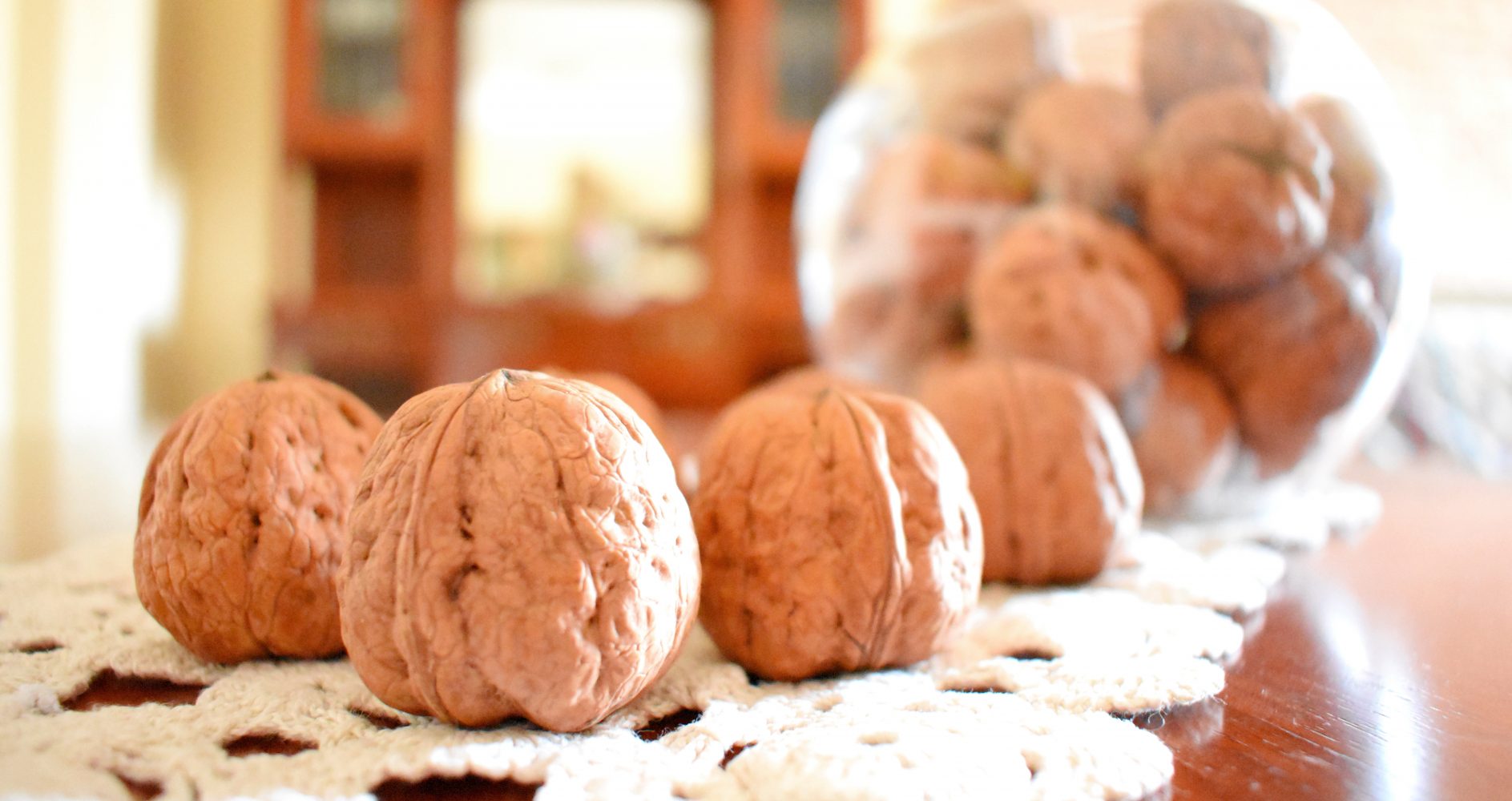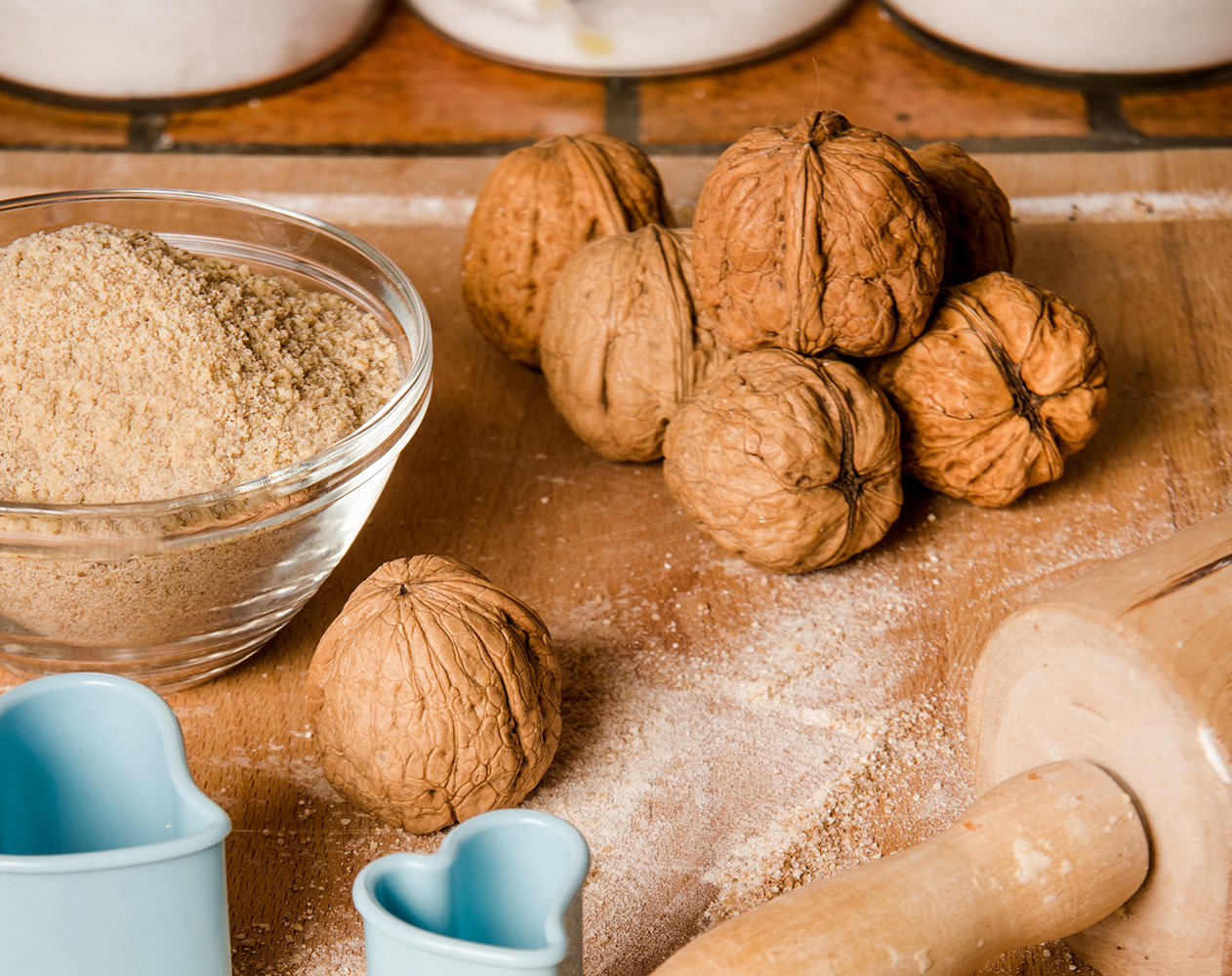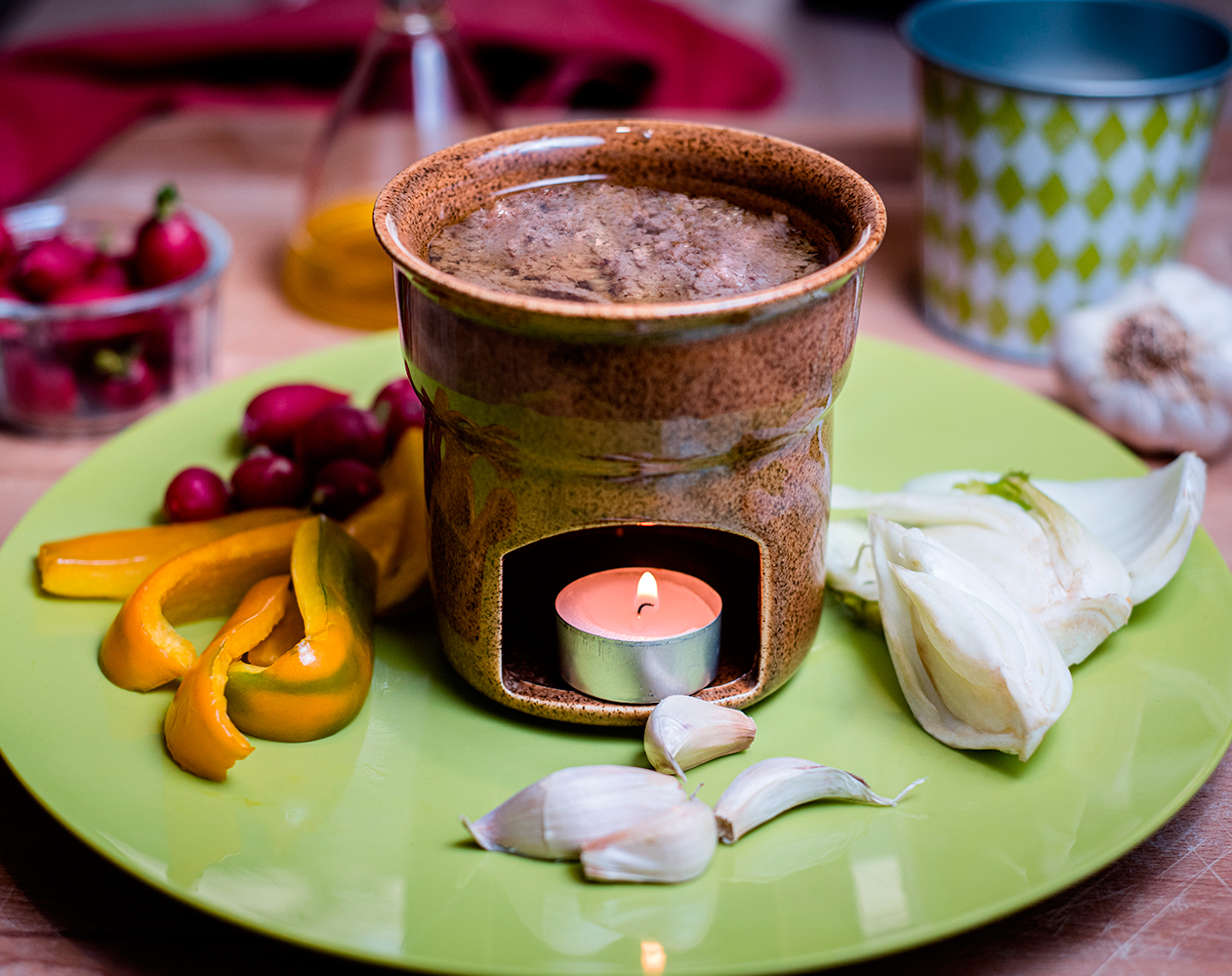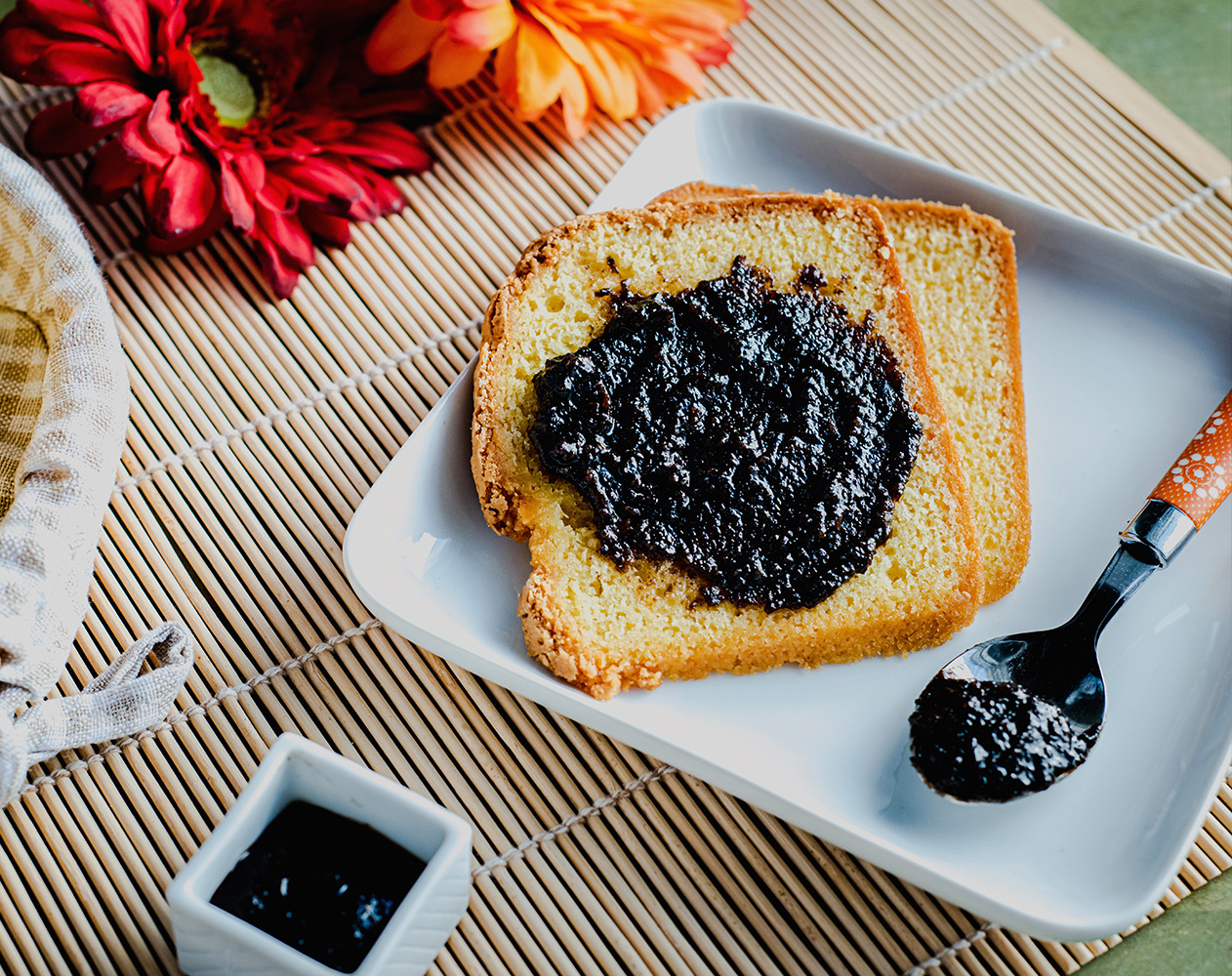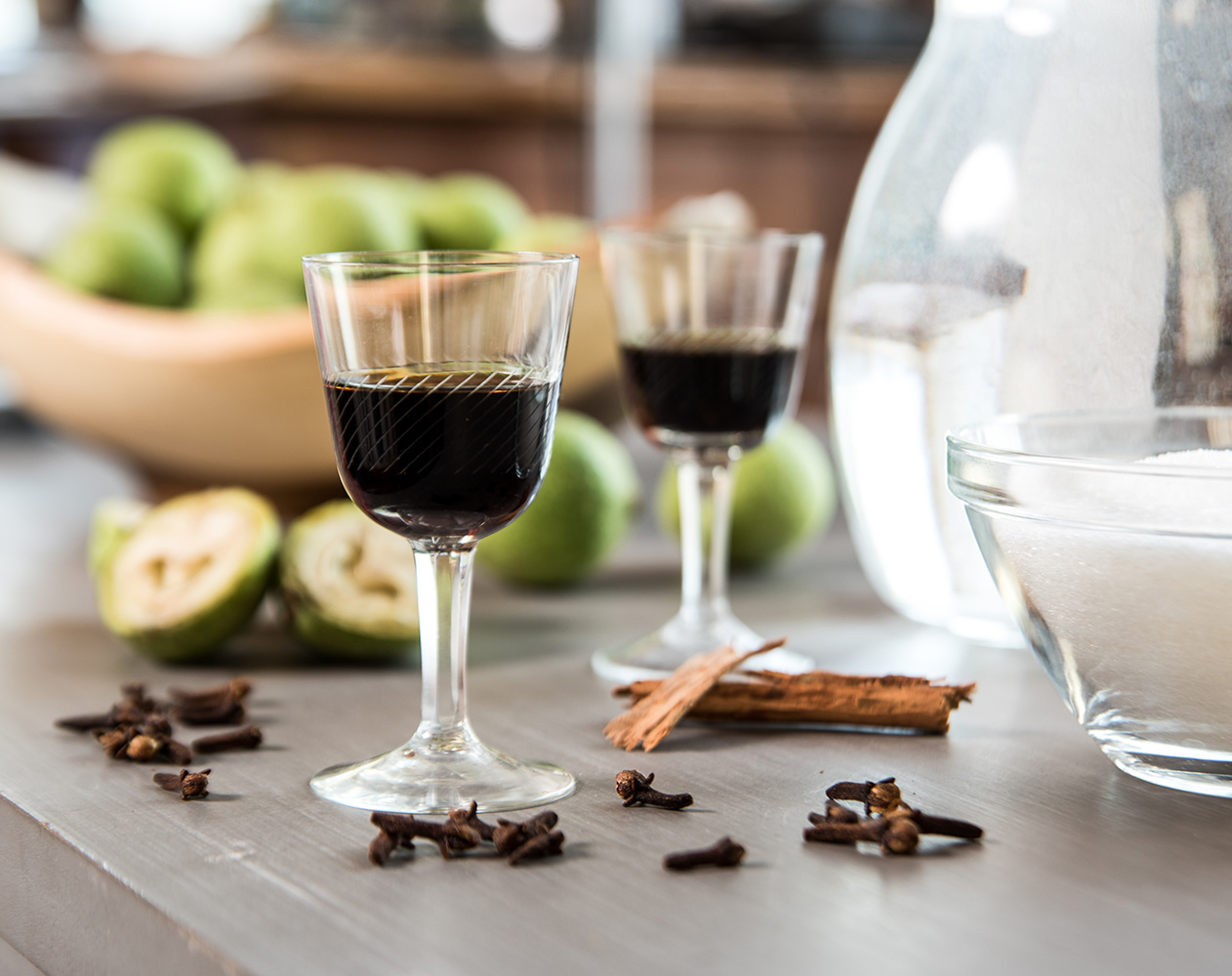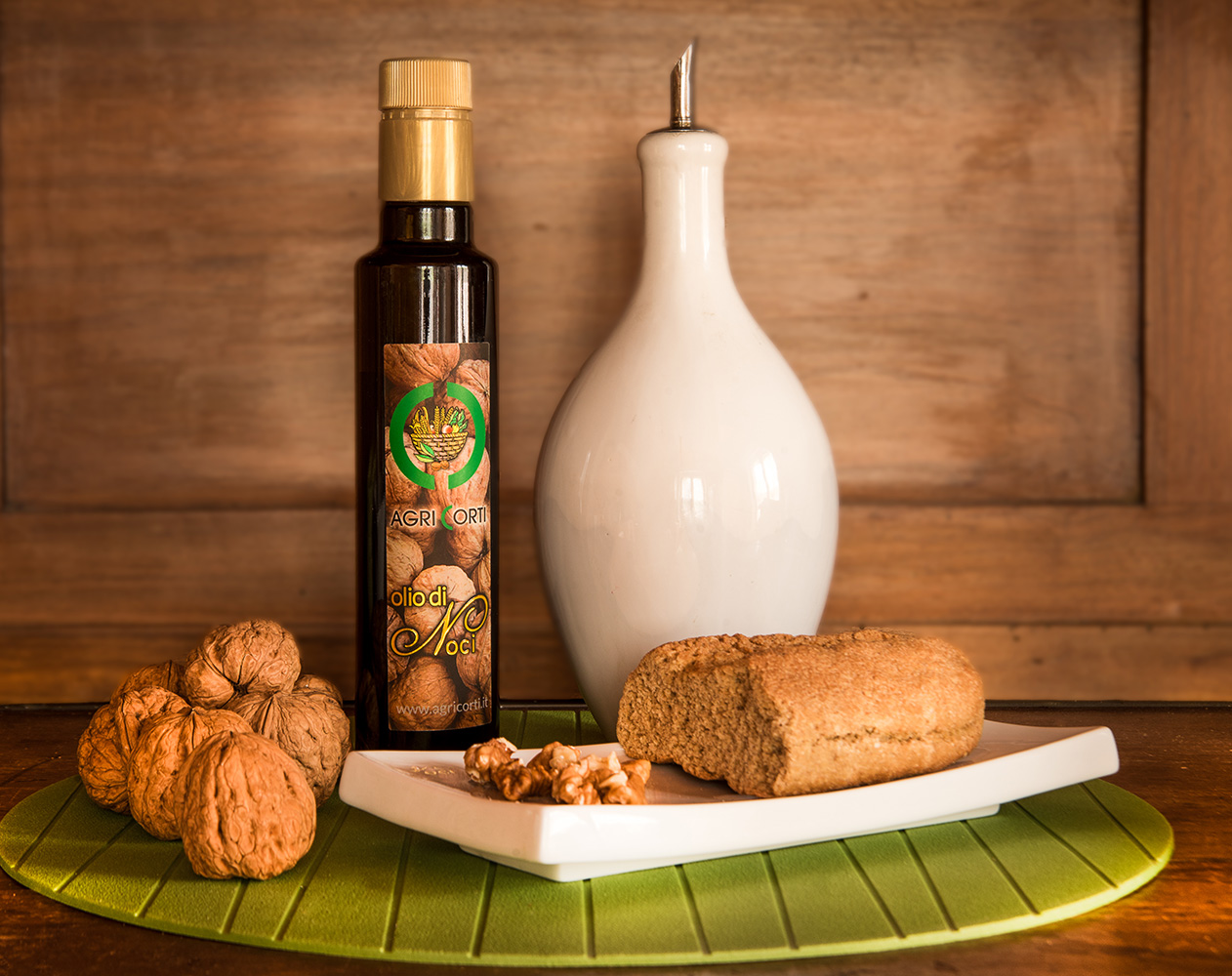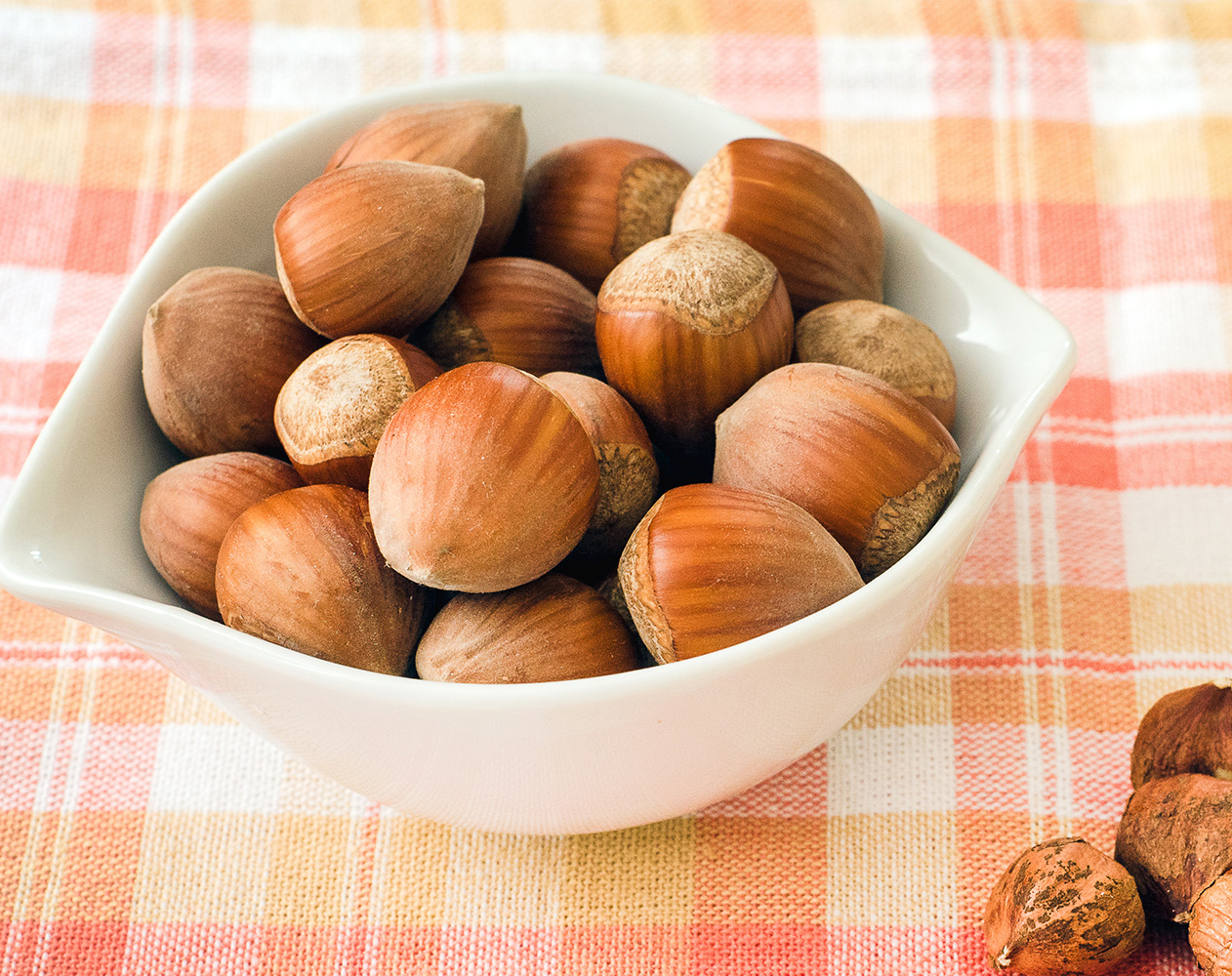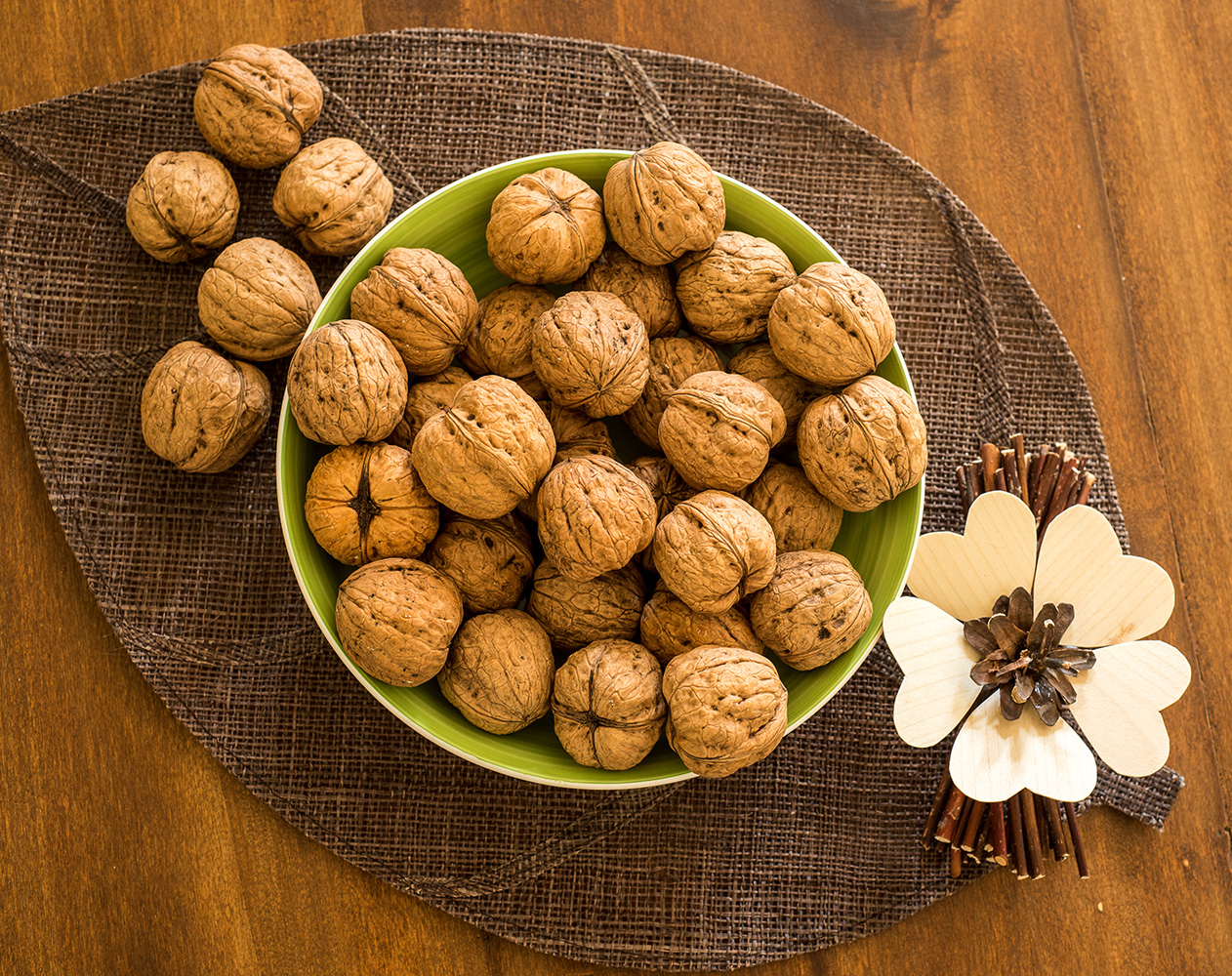Sayings, proverbs and traditions
“He who plants a walnut tree expects not to eat the fruit” is the translation of a traditional Italian proverb, which certainly doesn’t take into account our new early fruiting varieties.
One old Tuscan saying likened getting into an argument with someone even more stubborn than you to “trying to eat walnuts with their shell on”.
In the Dauphiné region of Southeast France, they say that keeping a branch of a walnut tree under which you have rested in your pocket protects against disease, while elsewhere people believe that sleeping in the shade of a walnut tree is sure to bring disease.
Popular tradition has it that eating walnuts and bread is a “newlyweds’ lunch”, the “food of a sovereign” or even “peasant food” … a pleasure and a privilege, or reserved for the poor… depending on your point of view, of course! But it is true that at one time, nuts and bread alone perhaps made up the daily diet of the poorest peasants.
The walnut’s ripening process is marked out by the Saint’s days on the Italian calendar: it is said that “by Santa Maddalena (22 July) the nut has formed, and by San Lorenzo (10 August) we can look inside”.
And the rhyming Italian phrase “Per Santa Croce una pertica per noce” conveys how on the festival of the Holy Cross (14 September), we shake down our walnuts with a pole. The time has come to beat down our walnuts and gather them.
The walnut is not only used in cookery as an ingredient, but also as a unit of measure (a “walnut-sized knob” of butter is about 25 grams) and, in many Italian regions, to indicate a part of a cow of great value. Known in English as the “knuckle”, the inner part of the thigh immediately below the silverside is referred to by the Italians as the “walnut”, as it is vaguely reminiscent of the shape of the nut.
Also on a metaphorical level, the Italians refer to a ship being battered by a storm as “bobbing about like a walnut shell”, while the Latin language also used the expression “in nuce” to indicate the very beginnings of a project, the starting point for an idea, the initial phase of a development process – much like we use “in a nutshell” to sum up a situation today.
Many of you will know that ice-cream, today a beloved foodstuff, was invented in Florence during the Renaissance by the chefs of the Court of the Medici as an appetising method of food preservation, but few know that the ice-cream flavours of the time were almost exclusively savoury (puréed and cured meats, fresh cheese, vegetables). One of the few flavours that, then as now, found favour with the diners was walnut, enabling Catherine de’ Medici and her chefs to take the ice-cream of the French Court all over the world.
In the third chapter of “The Betrothed”, a famous Italian novel by Alessandro Manzoni, the character Fra Galdino searches for walnuts, underlining – metaphorically – the importance of the nut to the domestic economy at the time. In the visual arts, paintings by various artists from the Renaissance to Neoclassicism have depicted the appearance of the Madonna della Noce in Tarano (Rieti) at the place where a shrine now stands. In music, the walnut is present, in a figurative sense, in the title of the popular ballet by Pyotr Ilyich Tchaikovsky, “The Nutcracker”.
The Ancient Romans gave hazelnuts to celebrate happiness, while in France, during the Ancien Régime, they were presented to newlyweds as a symbol of fertility.



 0131.887213
0131.887213 Carrello
⟨0⟩
Carrello
⟨0⟩





